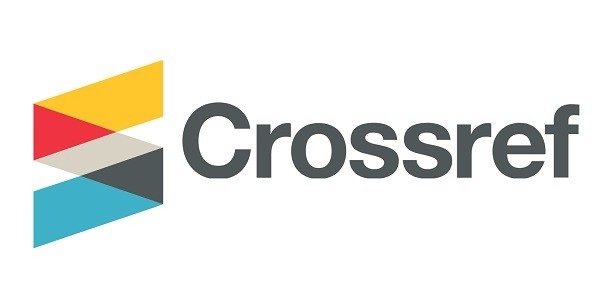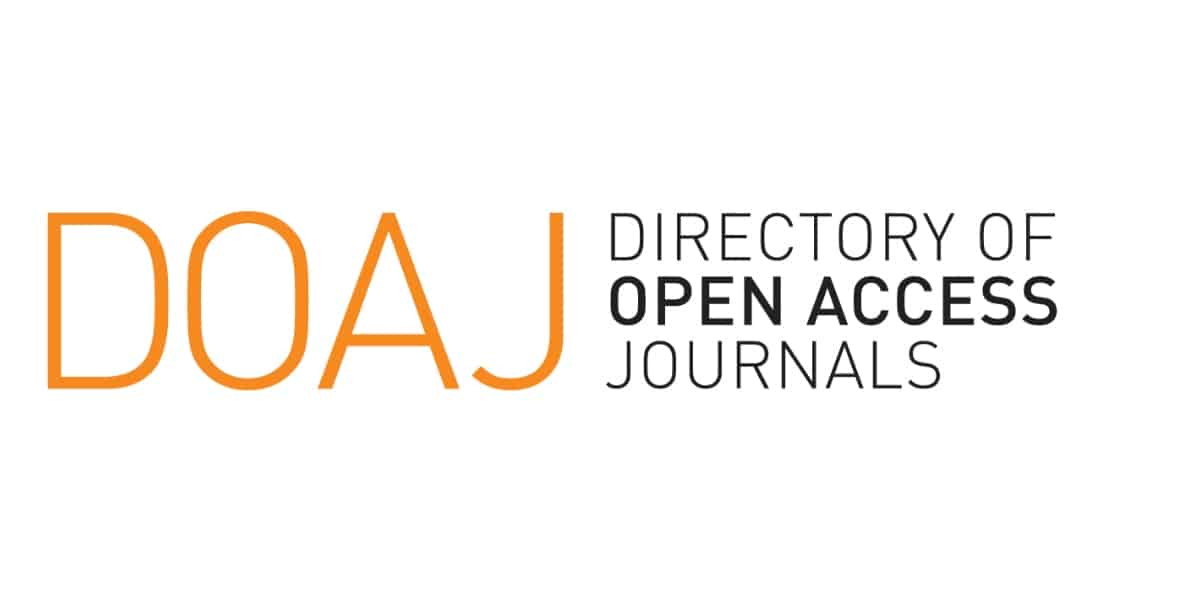Hierarchical Clustering Bahan Menu di Kantin Universitas untuk Menunjang Implementasi Sistem Jaminan Halal
DOI:
https://doi.org/10.24961/j.tek.ind.pert.2021.31.1.60Abstract
The university canteen serves to fulfill the food of the academic community in universities. Even though the price is relatively low, the halalness of the menu must be guaranteed. University canteens need to implement a halal assurance system (HAS). Creative Land (CL) canteen has 24 tenants, most of them are in Universitas Brawijaya (UB), so the identification of halal control points (HCP) becomes complex. The identification of HCP materials can be made easier using the hierarchical clustering method. The research objective describes the various menus and ingredients to determine the ingredient clusters. Materials are grouped into two groupings, namely critical materials and non-critical materials. Materials do not meet the criteria for being replaced by halal materials. The results showed that in this canteen, there were 262 menus and 722 ingredients. Material identification is 28.95% halal-certified materials, and 71.05% non-halal certified materials, 67.45%, including non-critical materials and 3.55% critical materials. Critical materials can be replaced by halal-certified materials or a halal production process (HPP) statement from the producer, which needs further inspection by Halal Inspection Agency (HIA). The hierarchical clustering method can help the complex grouping of canteen menu ingredients to support the halal certification process.


_page-00013.jpg)






_(1).png)
